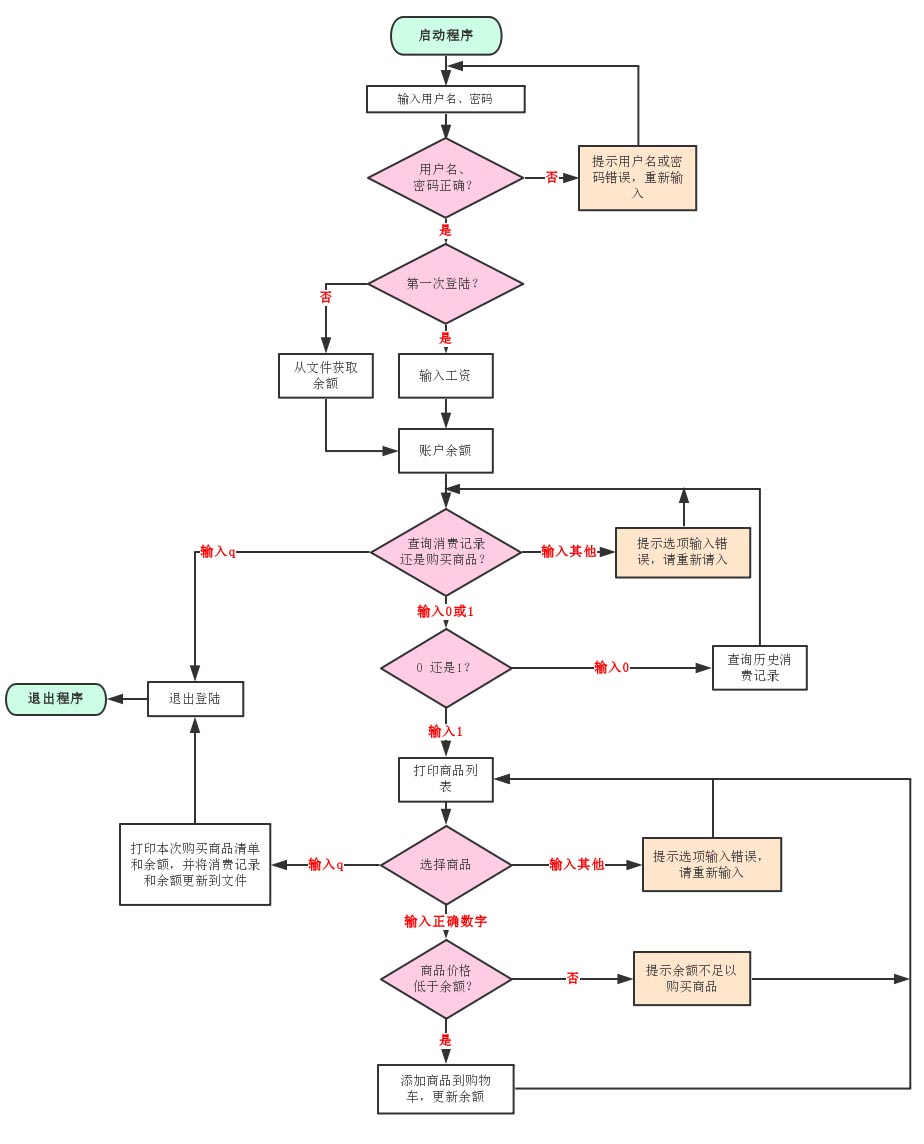Python实现完整的事务操作示例
本文实例讲述了Python事务操作实现方法。分享给大家供大家参考,具体如下:
#coding=utf-8
import sys
import MySQLdb
class TransferMoney(object):
def __init__(self,conn):
self.conn = conn
#检查账户是否合法
def check_acct_avaiable(self,acctid):
cursor = self.conn.cursor()
try:
sql = "select * from account where acctid=%s" % acctid
cursor.execute(sql)
print "check account:" + sql
rs = cursor.fetchall()
if len(rs) != 1:
raise Exception("account %s illega" % acctid)
finally:
cursor.close()
#检查是否有足够的钱
def has_enough_money(self,acctid,money):
cursor = self.conn.cursor()
try:
sql = "select * from account where acctid=%s and money > %s" % (acctid,money)
cursor.execute(sql)
print "has enough money:" + sql
rs = cursor.fetchall()
if len(rs) != 1:
raise Exception("account %s not enough money" % acctid)
finally:
cursor.close()
#账户减钱
def reduce_money(self,acctid,money):
cursor = self.conn.cursor()
try:
sql = "update account set money = money-%s where acctid = %s" % (money,acctid)
cursor.execute(sql)
print "reduce_money:" + sql
if cursor.rowcount != 1:
raise Exception("reduce money fail %s" % acctid)
finally:
cursor.close()
#账户加钱
def add_money(self,acctid,money):
cursor = self.conn.cursor()
try:
sql = "update account set money = money+%s where acctid = %s" % (money,acctid)
cursor.execute(sql)
print "add_money:" + sql
if cursor.rowcount != 1:
raise Exception("add money fail %s" % acctid)
finally:
cursor.close()
#主执行语句
def transfer(self,source_acctid,target_acctid,money):
try:
self.check_acct_avaiable(source_acctid)
self.check_acct_avaiable(target_acctid)
self.has_enough_money(source_acctid,money)
self.reduce_money(source_acctid,money)
self.add_money(target_acctid,money)
self.conn.commit()
except Exception as e:
self.conn.rollback()
raise e
if __name__ == "__main__":
source_acctid = sys.argv[1]
target_acctid = sys.argv[2]
money = sys.argv[3]
conn = MySQLdb.Connect(host = '127.0.0.1',port=3306,user='root',passwd='',db='test',charset='utf8')
tr_money = TransferMoney(conn)
try:
tr_money.transfer(source_acctid,target_acctid,money)
except Exception as e:
print "Happen:" + str(e)
finally:
conn.close()
更多关于Python相关内容感兴趣的读者可查看本站专题:《Python常见数据库操作技巧汇总》、《Python编码操作技巧总结》、《Python数据结构与算法教程》、《Python Socket编程技巧总结》、《Python函数使用技巧总结》、《Python字符串操作技巧汇总》、《Python入门与进阶经典教程》及《Python文件与目录操作技巧汇总》
希望本文所述对大家Python程序设计有所帮助。

